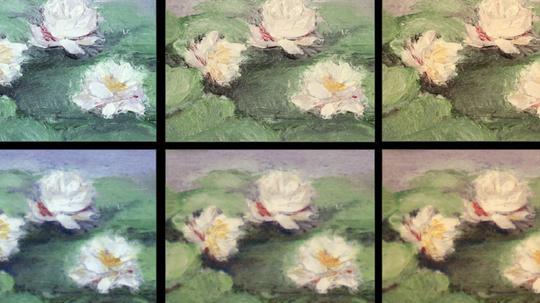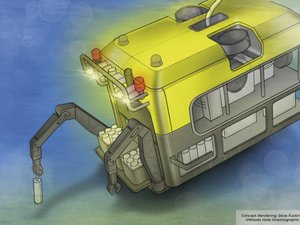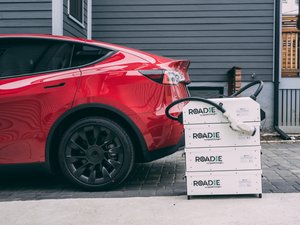
Walter Benjamin would be startled by all of this.
In his essay "The work of art in the age of mechanical reproduction," the German philosopher claimed that mechanical reproduction ends up devaluing works of art, which are unique combinations of talent, originality and authenticity.
In the 1930s, the object of Benjamin's critique was mostly photography. For him, 3D printing was clearly out of the picture.
Ninety years later, a team from MIT’s Computer Science and Artificial Intelligence Laboratory (MIT-CSAIL) is adding a tool to the vast array of modern options to reproduce art masterpieces.
Called 'RePaint,' the new system uses a combination of 3D printing and deep learning to design reproductions of favorite paintings. Applications range from remaking artwork for private homes to protecting originals in museums, or even helping companies create prints and postcards of historical pieces (Benjamin would shake his head).
The secret sauce (the secret paint brush?) behind RePaint is a special technique the authors call "color-contoning," which involves using a 3D printer and ten different transparent inks stacked in very thin layers. Note that 2D printers, which are most commonly used for reproducing paintings, have a fixed set of just four inks.
Multiplying inks, however, would not result in the exact shade of Monet's water lilies without either astonishing human talent... or artificial intelligence. The team trained a deep-learning model to predict the optimal stack of different inks to reproduce the original. The model, combined with a procedure that breaks up images in lots of little colored dots, is the reason why RePaint can better captured nuances.
At this time, the reproductions made by the team are only about the size of a business card, due to the time-costly nature of 3D printing. Duplicating Van Gogh's "Starry Night" would require a few adjustments, like expanding the ink palette to include cobalt blue and figure out a way to reproduce Van Gogh's heavier brush strokes.
Changil Kim, one of the authors on a new paper about the system, pointed out: "Our system works under any lighting condition, which shows a far greater color reproduction capability than almost any other previous work."
Don't tell Benjamin, though.








